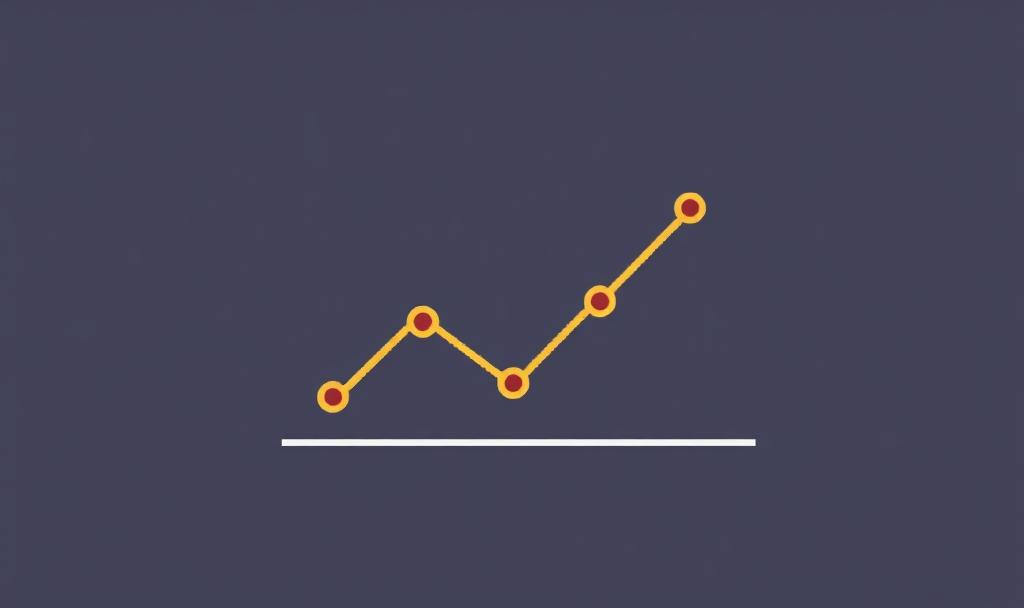Trump Approval Rating & Political, Economic Data Portal
This page contains interactive graphics for ongoing data projects, including an average of Donald Trump’s presidential job approval rating and a forecast of the political environment based on polling and economic data, with links to datasets readers and political journalists may find helpful.
Note: Data published at Strength In Numbers is circulated subject to a Creative Commons 4.0 license that requires attribution for remixing and recirculation for non-commercial use. Data streams are available bespoke to commercial clients (please reach out via email). All charts are reusable by other journalists with proper attribution, including direct embeddings.
How Popular Is Donald Trump?
Thanks to Mary Radcliffe for keeping this public database of polls up to date.
It takes time and computational infrastructure to gather and analyze these data. Please consider becoming a paid subscriber to Strength In Numbers to support more work like this and receive exclusive political analysis from an independent, data-driven perspective:
How Does Trump Compare to Other Presidents?
This chart compares Donald Trump's net approval rating (approval minus disapproval) to those of previous U.S. presidents at the same points during their presidencies.
Here’s Trump versus other 21st-century presidents:
And Trump versus every president since 1953:
Political-Economic Index
A daily updating average of politically salient economic indicators.
This chart shows economic growth according to a model of 16 different economic variables, ranging from unemployment and manufacturing output to trade exports and government spending. The variables have been selected based on their individual correlation to historical election outcomes, as well as their effect on the ability of the resulting index to predict change in political support. The methodology and code for this model is publicly available here. On this chart, 0 represents average growth, and the scale captures the standard deviation above/below average. A value of 1 in either direction roughly translates into an annual GDP change of +/- 8 percent.
Note: The estimates in this chart will update daily, but you will see the most recent data point presented as an estimate for the whole week.
This estimate is generated using a model similar to the now-casts from the New York and Atlanta Fed banks, with the added wrinkle that we are not asking “What is GDP growth today, according to all the latest data I have?” it’s “What is GDP growth today if we reconstructed GDP using the variables that best predict presidential outcomes?” I also use fewer high-frequency variables and all indicators are scaled to measure annual change, rather than month-on-month or quarterly change.
In other words, this index is optimized to predict both annual GDP growth, so it is interpretable by economists and journalists, and election outcomes, so we can write about political implications knowing the thing we are looking at has historically had an impact on politics. You can see how well this index predicts these outcomes on GitHub.
Check back soon for a list of recent releases and their impact on the index.
Cost of Ruling Index
Check back later…
It takes time and computational infrastructure to gather and analyze these data. Please consider becoming a paid subscriber to Strength In Numbers to support more work like this and receive exclusive political analysis from an independent, data-driven perspective:




